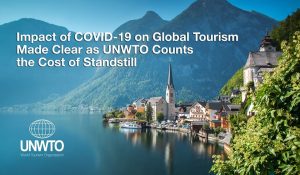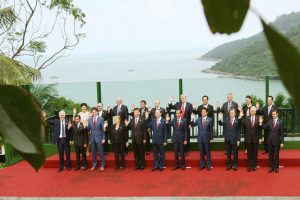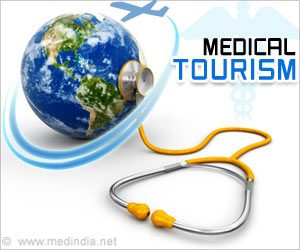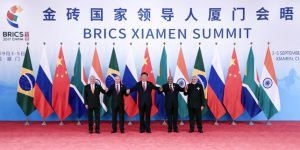BRICS Summit begins in coastal Xiamen city of China
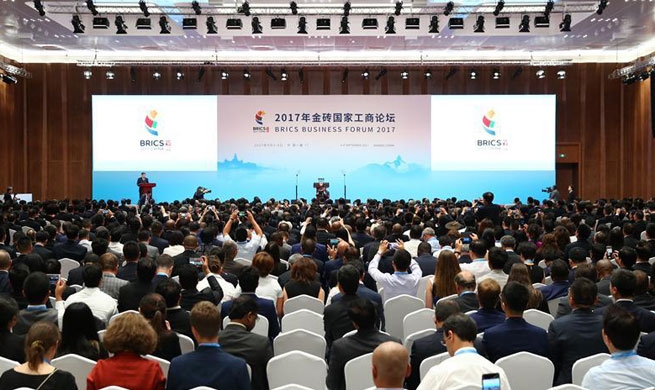
Xiamen ( China ) : The 9th annual BRICS Summit began in coastal Xiamen city of China with the inauguration of the BRICS Business Forum by Chinese President Xi Jinping.
Chinese President Xi, in the capacity of the chair of this year’s BRICS summit, delivered a keynote speech in the opening ceremony of the forum.
Chinese President Xi Jinping said on Sunday that BRICS countries should work together to usher in the second “golden decade” of cooperation. He urged the member countries to work together, with the growth benefiting the people of the member nations, and ultimately reaching people around the globe.

Xi made the remarks in a keynote speech at the opening ceremony of the BRICS Business Forum in the coastal city of Xiamen, reviewing progress made by the five BRICS countries in the past decade and looking to the future.
The cooperation among the BRICS nations has reached a key point that serves as a link between the past and future, the president pointed out. “The bloc has become a bright spot in the global economy in the past decade and now looking into future, the five countries have major tasks to accomplish, which are to grow economies and to strengthen cooperation.”
“We need to work together to usher in the second ‘golden decade’ of BRICS cooperation,” Xi noted.
Themed “BRICS: Stronger Partnership for a Brighter Future”, the forum focuses on trade and investment, financial cooperation, connectivity and the blue economy.
President Xi revealed in his speech that the development of the BRICS countries has brought tangible benefits to more than three billion people, stating that “the bloc has contributed significantly to stabilizing the global economy and returning it to growth.”
“The last decade has seen BRICS countries making huge progress in pursuing common development,” Xi said. He added, “in the past ten years, the combined GDP of the bloc has grown 179 percent, trade increased 94 percent while urban population expanded 28 percent.”
“The bloc has also taken the lead in implementing the Millennium Development Goals and Sustainable Development Goals, and engaged in close dialogue and cooperation with other developing countries to pursue development through unity,” said Xi.
Xi also stressed that the development of emerging markets and developing countries is not intended to “move the cheese of anyone” but to “make the cake of the global economy bigger.”
Chinese Foreign Minister Wang Yi put forward the “BRICS Plus” proposal in March and China has invited the leaders of Egypt, Guinea, Mexico, Tajikistan and Thailand to attend the Dialogue of Emerging Markets and Developing Countries to engage in dialogue with the BRICS members.
“BRICS” refers to an association of five major emerging national economies, they included Brazil, Russia, India, China and South Africa.
They represent about 43% of the world’s population and 30% of the global GDP. Over the past decade, the BRICS nations have contributed to more than half of the world’s economic growth, in areas such as trade, finance, agriculture and technology.
Since 2009, leaders of these five nations have been meeting annually at formal summits, the ninth of which is held in eastern China’s city of Xiamen .
Inputs fronm Xinhua
September 3 , 2017

